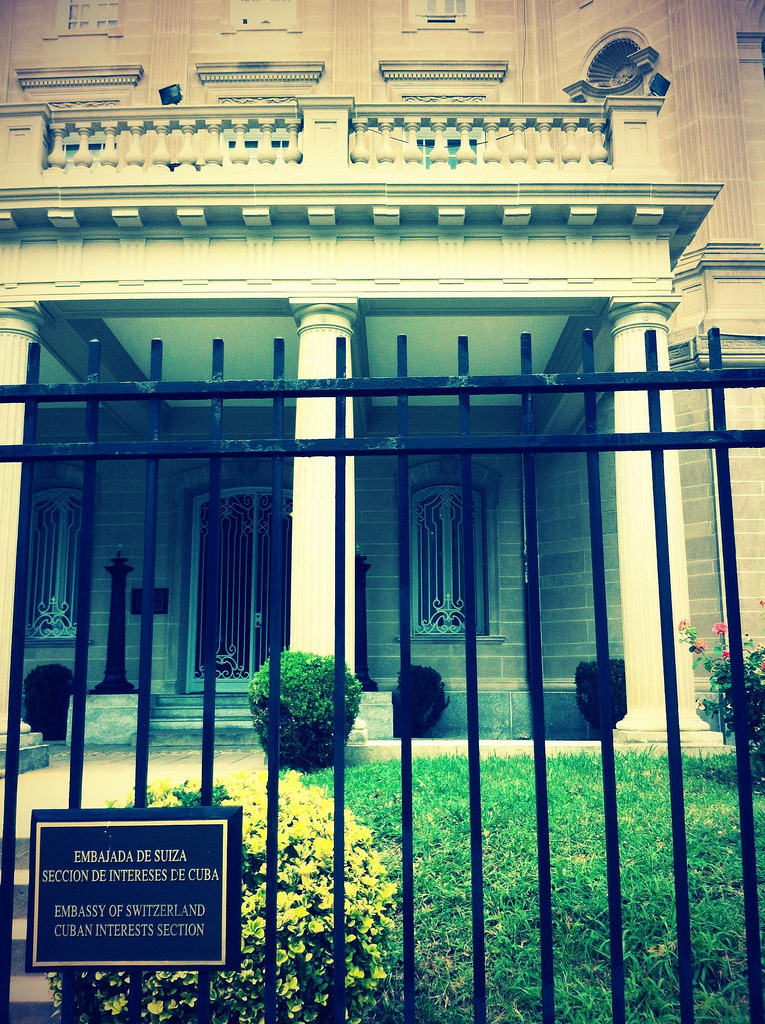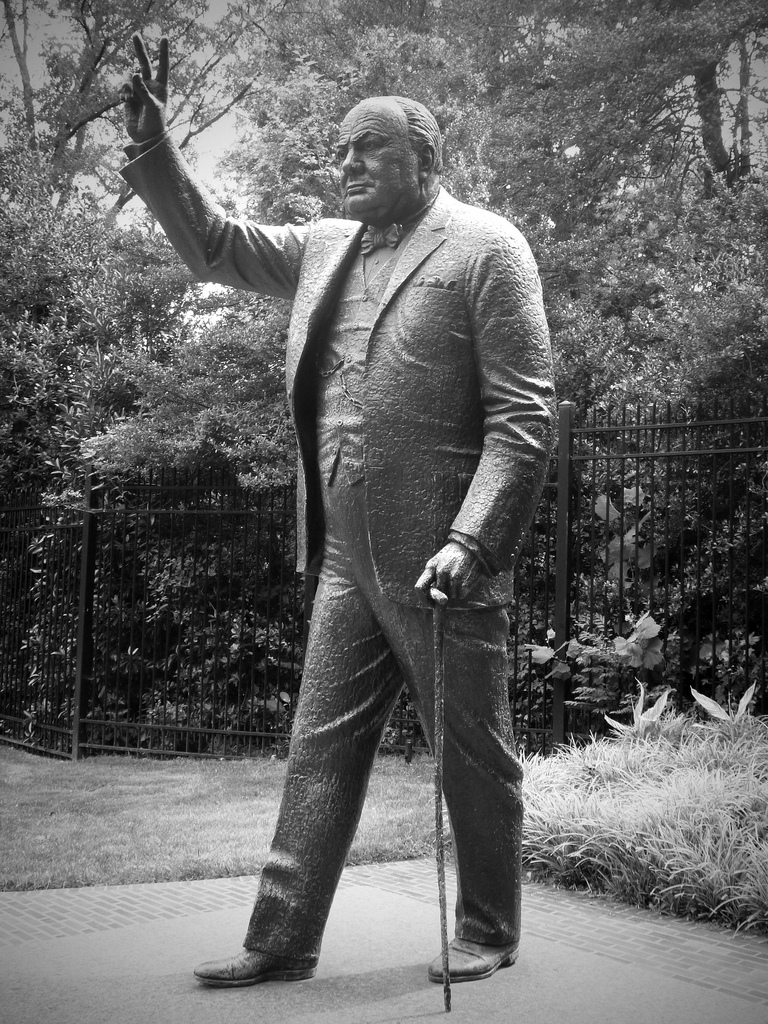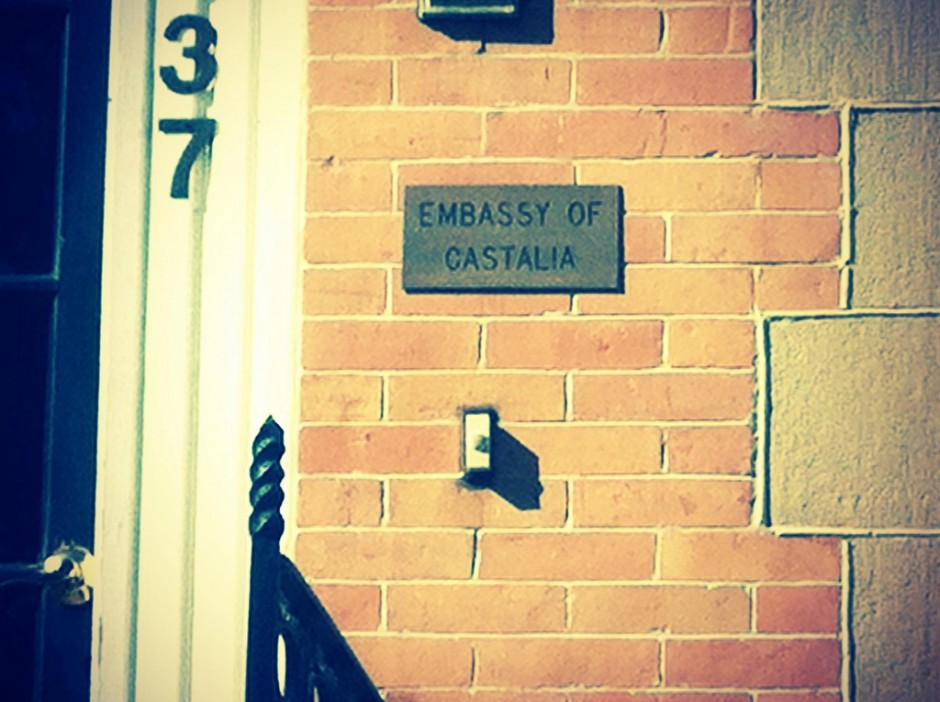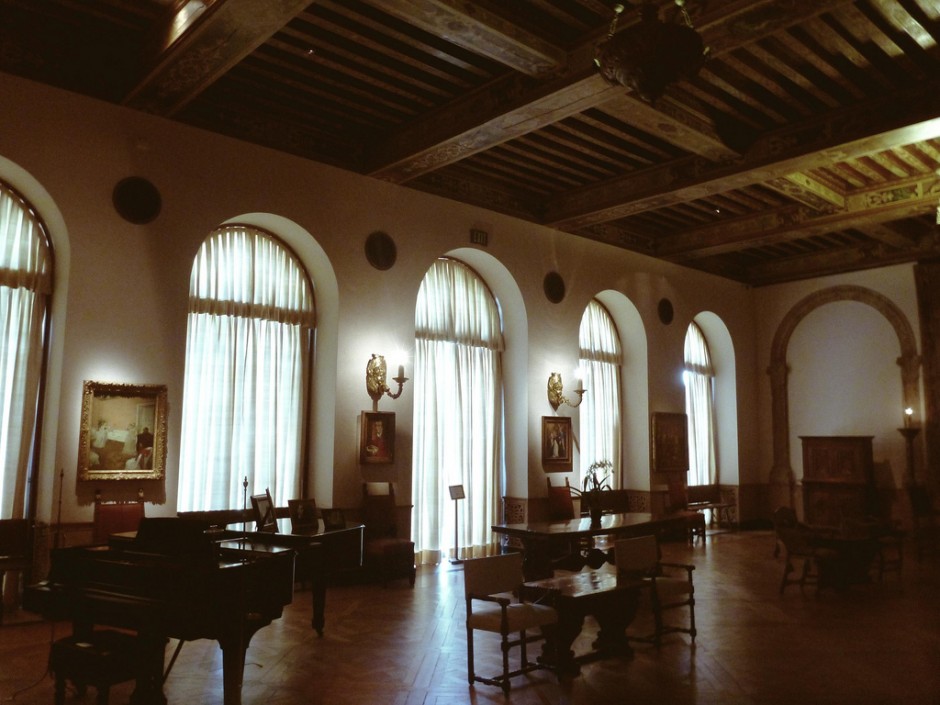For PolySci nerds, DC has your stately busts, your embassies, and evidence of a shamanic mushroom cult.
THERE ARE 177 national embassies in DC. There are also countless headquarters of various international organizations, not to mention the Cultural Centers, Economic Institutes, and monuments to national heroes from countries all over the world. Guidebooks might direct you to the opulent mansions alongside Meridian Hill Park, Sheridan Circle, or upper Massachusetts Avenue that serve as consulates and ambassadorial residencies. Between these, however, the city’s parks, squares, and backstreets are dotted with smaller quirks and curiosities.
All photos by author



Intermission




Intermission




